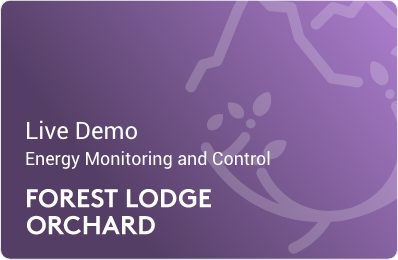It's all about Energy
Electricity is the fuel for the 21st century yet globally the supply chain is not aligned to meet growing customer demand.
To put it simply - More and more devices are being created that require electricity to run them – heating, cooking, entertainment, manufacturing and transportation are all becoming largely powered by electricity, and the end user is getting hungrier every day.
Producing electricity is reasonably straight forward, especially with solar becoming viable option for small scale local generation. Large, commercial generation projects take longer to complete but can be pushed along with the right political, financial and regulatory influence.
The basic structure of most national electricity networks is simple, consisting of four key parts:
Generation
The creation of electricity from burning fossil fuels through to use of water, sun or wind for sustainable supply.Transmission
Like an interstate or highway for energy, moving the electricity from the source of generation to the areas where it will be used.Distribution
Taking the electricity from the “highway” and distributing within a specific region or area to meet the energy needs of users.Consumption
The use of the electricity supplied by the network. Consumers of energy are Retailers and their customers.
Distribution is where there is real pressure on the system. Local distribution network companies are mostly flying blind with little or no visibility of consumption, and it doesn't take a genius to figure out that flying blind can only last for so long before things come crashing down. The distribution infrastructure (transformers and power lines) needs to be ready ahead of demand. But so often this is not the case, and the cost for improvement is passed on to the customer.

Generators, Distributors and End Users alike need solutions to simplify the situation. We need to drive efficient use of the available resources or to weigh the options for securing the right supply at the right time.
Measuring Electricity Consumption
Most of the existing tools available for managing demand and consumption today are largely fragmented and focus on the residential market. This means that commercial users are forced to use several tools to manage even the most basic reporting, which increases overheads and widens the margin for human error. Smart meters are a start, but the data collected provides minimal value for proper planning as it is retrospective (at best, days old) with data averaged over 30-minute intervals and aggregated to a single data point.
Advice for commercial users is dominated by two sources.
- Electricians, whose core focus is installing equipment safely and meeting compliance with regulations
- Consulting engineers, who are both expensive and removed from the realities of how the market functions
With the supply of electricity split between Retailers and local network companies, neither are truly committed to optimising how users consume energy as the reductions in electricity use directly impact their revenue, and increases can be challenging to deliver under current constraints.
Why We Need a New Way to Track Consumption
Electricity Generators, Distributors and End Users alike need solutions that simplify the system, drive efficient use of available resources, and provide the ability to compare and assess options to secure the right supply at the right time. There is a need to demonstrate visible movement away from carbon heavy processes.
The push to electrification is driving increased demand on the network. With no effective way to measure consumption, local network companies can't prioritise, plan, invest and build effectively to stay ahead of this growth. This causes constraints and increased network costs for customers.
Learn more aboutBC FLEX
BC FLEX provides world-class, cloud connected Microgrid services and easy Hardware purchase options to get your property up and running quickly. Reduce your reliance on the local grid, reduce your energy cost, and increase your resiliance with FLEX...

